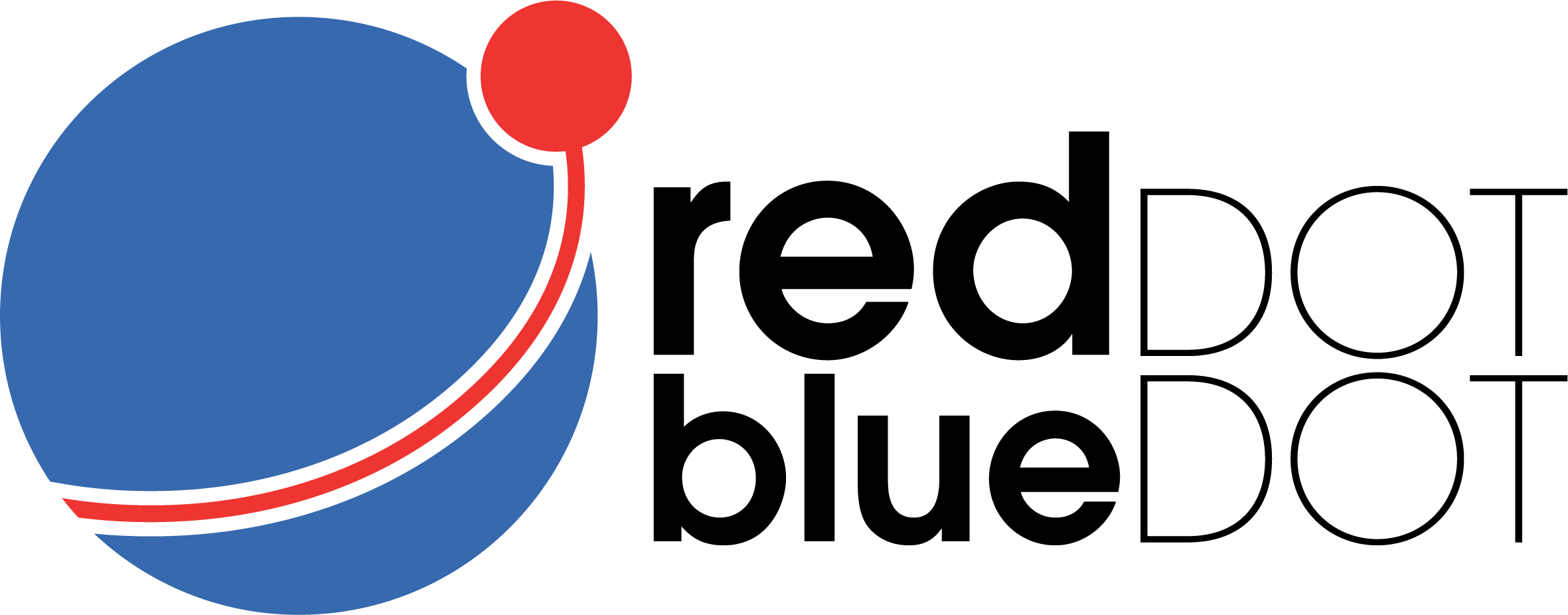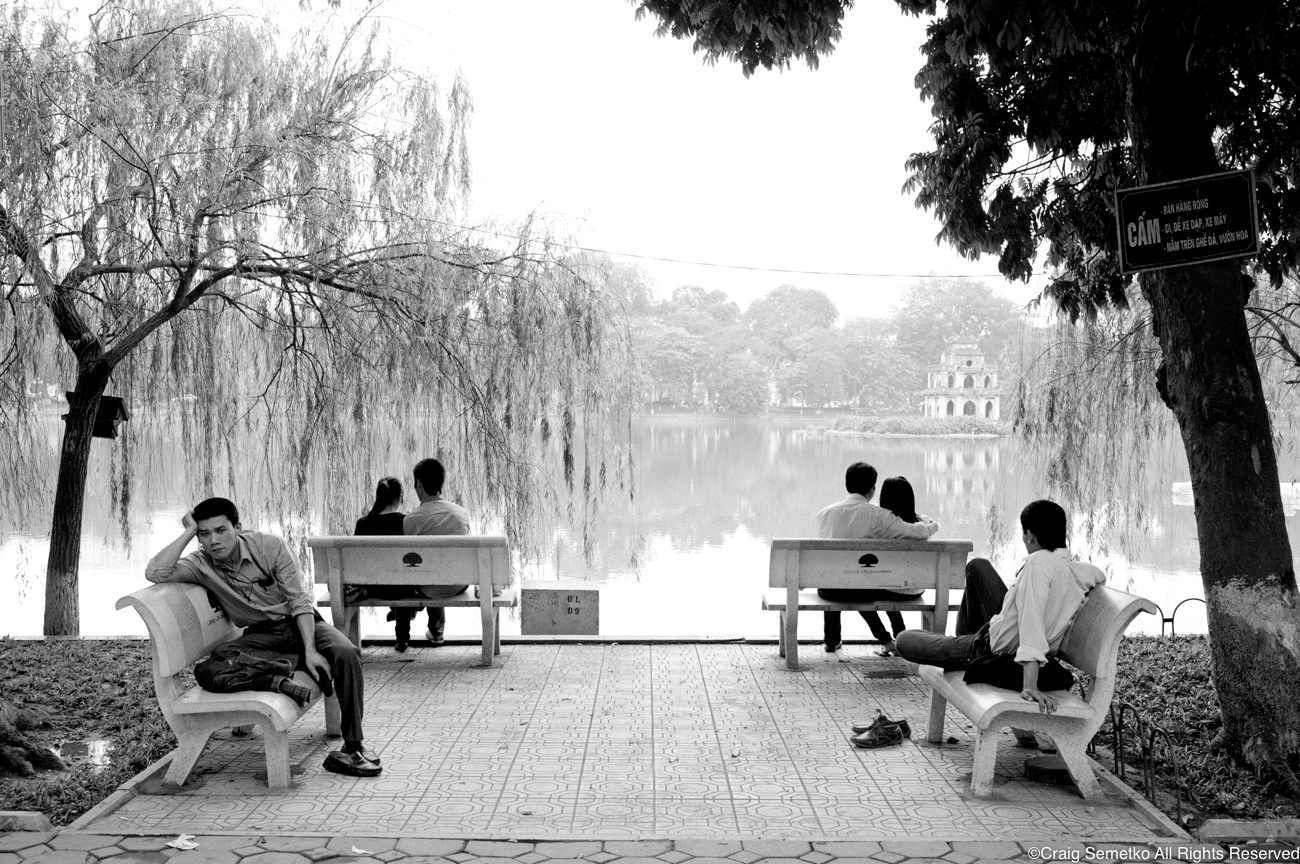Photographer In Focus: Craig Semetko
Craig Semetko lives in Los Angeles, California, USA
I first met Craig Semetko when he was giving a talk about his second book INDIA UNPOSED and teaching a Leica Akademie Master Class in Chicago, Illinois. I respect Craig's work and personally owe him a great debt in that I have learned a tremendous deal from him. In the years since that talk and class, Amy and I have had the opportunity to spend time with Craig when he is in Chicago and have become great friends. We even ran into each other at a U2 concert...which isn't really a surprise if you know Craig. I am privileged to call Craig my friend and grateful he agreed to be the second photographer in this series.
From Craig's website, "Craig Semetko is an American photographer focusing on authentic human experience. Born and raised near Detroit, Michigan, Semetko became a professional comedy writer and performer after college and years later discovered photography as another means of storytelling. His comedic background has given him a highly developed sense of the absurd and ironic, resulting in a strong theme of humor throughout his work. In his foreword for Semetko's book "UNPOSED," Magnum Photos photographer Elliott Erwitt writes, 'Good photographs are tough enough to shoot. Really funny ones are even harder. Good and funny photographs observed in nature not arranged or manipulated but simply observed in real time with amazing consistency, constitute a minor miracle now presented in Mr. Semetko's book...In my book he is the essential photographer. That is, the one who sees what others could not have seen.'"
Five Foto Facts
First camera: Nikon 6006
Favorite camera: Leica M10-P
Photographer who has most inspired you: Henri Cartier-Bresson
Favorite travel destination: Home
One place left on your travel bucket list: Wales
Hanoi, Craig Semetko
The Interview
RDBD: Tell me a little bit about yourself. What do readers need to know about you to get to know you? What is your personal, professional, and photography background?
Craig Semetko: I grew up outside of Detroit and graduated from Northwestern University in Evanston, Illinois. I lived in Chicago for 15 years and have lived in Los Angeles for 20. I’ve spent most of my adult life as a writer and performer of comedy at large corporate events. In 2000 I had a great gig that took me to England, Ireland, Japan, China, and all around the USA. I played Elton John, Julia Child, and Austin Powers. As Julia Child, I was not unattractive. At that time in my life I had never owned a camera and, thinking I might never see some of those places again, I bought a lower end Nikon to travel with.
Outside Shanghai I took a photograph of two peasant women in a dugout canoe carrying brush upstream. The photo is nothing great, but of course when I saw it then I thought it belonged in National Geographic. It didn’t. But more importantly, seeing that photo gave me the idea that I could use photography as another means to tell stories. Being a good American consumer, my next thought was, “If I just had a bigger zoom lens, then I’d be a good photographer!” For those of you just starting out, please note the idea that a big zoom lens will make you a good photographer is, what they might call in the parlance of the day, “fake news.”
To make a long story interminable, I went to buy a Nikon zoom but instead ended up with a Leica M6ttl and a 35mm Summicron.
I quickly became obsessed with my Leica and with the work of Henri Cartier-Bresson. My photographic education came from pouring over his books and reading his writings. I spent the next seven years shooting with no real purpose except for the enjoyment of it. I decided early on that I wasn't going to pursue money as I was still making a living writing and performing and years of dealing with HR (Humor Removal) departments made me want to avoid creative directors telling me what to shoot. I decided I would photograph solely what interested me and see where this newfound passion would take me.
Eight years later, after taking thousands of bad photos and a few good ones, and with a lot of serendipitous intervention, my first photo gallery exhibition was at the Open Shutter Gallery in Durango, Colorado. It was entitled, “Street Photography: From Classic to Contemporary--Henri Cartier-Bresson and Craig Semetko.”
RDBD: What type of photography do you consider your primary genre and why? What does it mean to you? How did you become focused on this area of photography?
Craig Semetko: Though I’m not particularly fond of the term “Street Photography,” as it is limiting, it seems to be the standard shorthand way to approximate what I do, as you can tell from the name of my first show. Fundamentally I’m looking for authenticity. That can be found in the street, in a boat, a zoo, anywhere, really. Even in a studio setting where the subject is there to have her picture taken—just look at the documentary work of Richard Avedon. I always tell the story of his portrait session with the Duke and Duchess of Windsor—aka the former King Edward the VIII and Wallis Simpson, his American wife for whom he abdicated the throne. They had been giving him the standard stiff “royal pose” for a while when he got an idea. He knew they were dog lovers so he told them his cab ran over a dog on the way over. At that moment he clicked the shutter and BOOM he got the authenticity he was looking for.
I probably got interested in this type of photography from looking at old copies of Life magazine when I was in elementary school. I liked looking at the pictures, but what I really was doing was looking at stories. And that’s what photography means to me—it’s really just an extension of my acting and writing, another way to tell stories. I agree with Cartier-Bresson’s quote, "Photography is nothing--it’s life that interests me.”
RDBD: What motivates you as a photographer? Specifically, why is photography important in your life? When you are tired of shooting, what gets you out the door anyway?
Craig Semetko: I’m motivated by unusual things and situations, things you don’t see every day. Heightened drama, absurdity, ironic juxtapositions…stuff that might be construed as just a little “off.” Finding these things is difficult and time consuming, and capturing them at the right moment in a well-composed frame is extremely challenging.
Sometimes I wonder why I put myself through it. It’s easy to get down when you do this type of photography, as common things quickly become boring and then after you’ve accumulated a body of work the bar is raised even higher for what you consider photo worthy. But it’s like they say about golf…one good shot and it pulls you back for more. I just try to get out there and stay open and let serendipity do its thing.
It’s worked pretty well for me so far.
RDBD: Please tell me why you chose the image to submit as your one image. What meaning does the image have to you?
Craig Semetko: This image was taken in Hanoi. I stopped dead in my tracks when I saw this scenario. I like it because it tells a story in a single, well composed frame.
Look at all the design—4 benches, 2 couples, 2 singles, men on inside, women on outside, one guy facing in, one out, tile patterns, shoes, legs akimbo, a tree bordering both sides of the frame, and a background that looks like a painted Hollywood backdrop. The one guy looks like he’s depressed over one of the other guys taking his girlfriend.
RDBD: In an era where everyone has a smartphone and selfies and micro-blogging daily activities are quickly becoming the norm, why does traditional photography still matter?
Craig Semetko: There is a place for both.
But photography that we don't just scroll past but can slow down and look at, consider, and come back to is how we tell our stories, and can share them with others now and in the years to come -- long after Instagram has been replaced by whatever's next, and we've moved onto iPhone version 28, which will likely just be tattooed to our foreheads as it ships.
Contact Craig Semetko:
Website: www.semetko.com
Instagram: @semetko
Email: semetko@semetko.com
Thank you Craig, for your thoughtful responses and taking time out of your busy schedule to contemplate these questions for the RedDotBlueDot readers.

